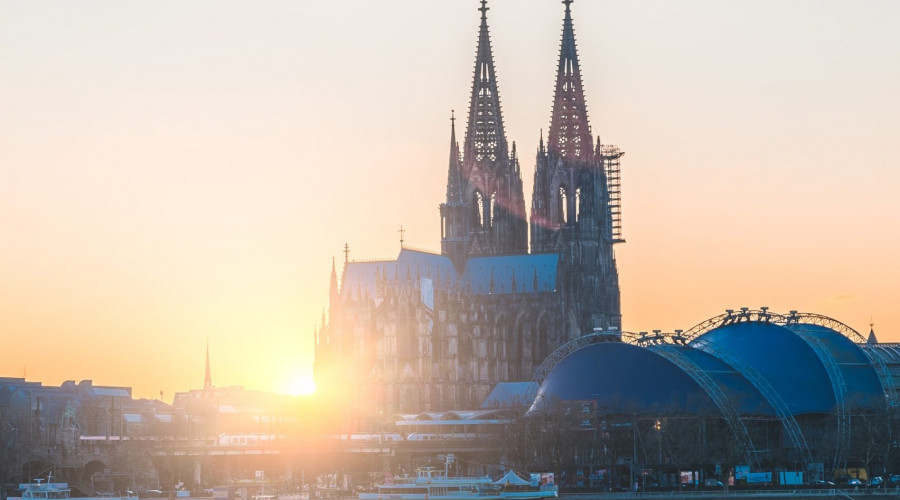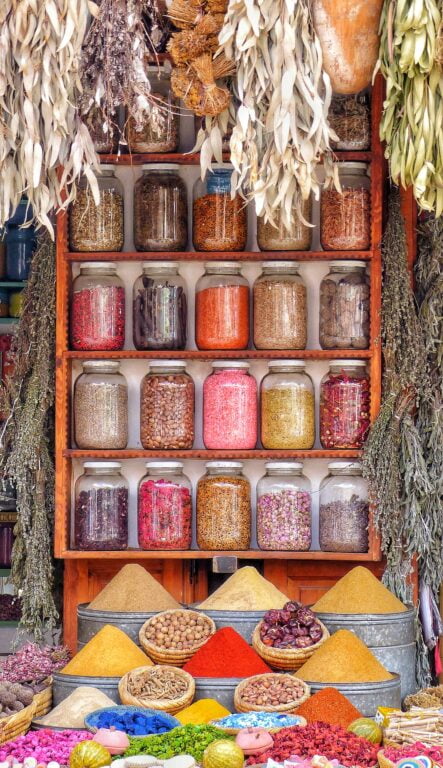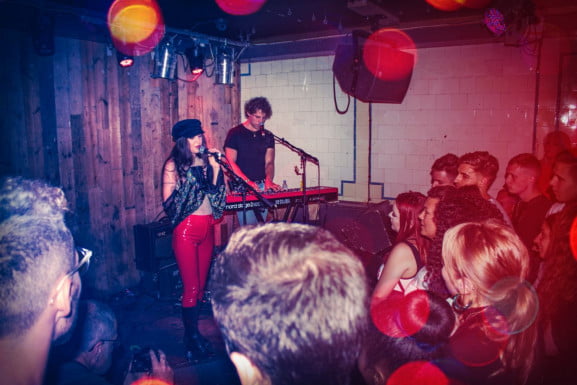Vienna’s Schönbrunn Palace Tour Guide
Schönbrunn Palace where the royal family enjoyed summer living, Ah need we say anything more? The palace was constructed as summer home of Habsburgs and built for him to rest in. You probably know that something that looks like enjoyment and luxury to us commoners, mortal one could say, looks completely different to the one of the most powerful monarchies in Europe. This difference is perfectly mirrored in Schönbrunn.
Schönbrunn Palace is not just one of the palaces in Vienna that we can find, being the most valuable cultural and historical treasure of Austria at the same time. Needless to say as such, the palace could possibly be one of the most popular tourist spots in the nation.
The place was mentioned for the first time in 1642 as the property of the town mayor of Vienna. Then it became the residence of Empress Eleonor afterward her husband had died. The current name of this place was given to it on one occasion by Emperor Matthias, who had gone hunting. He himself very much in those times saw a great many wells here and so by that he gave denomination this [place]. The German word for well is brunne, therefore the name of this place is actually lots of wells – schonbrunn.
Even before, there was a small castle here, which Emperor Maximilian II wanted to make his hunting lodge, but it was more often than not burned down, usually in the time of the Turkish invasions. The castle was painted red by the armies of Suleiman the Magnificent and was completely burned when the second Turkish siege of Vienna took place,
The successor of this palace was designed by the architect Johann Bernhard Fischer von Erlach, but much lower than today we see. From this epoch preserved still the royal chapel and blue staircase which is painted by the renowned artist Sebastian Ricci.
What I see today was primarily shaped by the hand of Empress Maria Theresia. She is the one who converted the palace of the Schönbrunn to an imperial summer house, which held the title until the fall of the monarchy in 1918. Maria Theresia did not stint when it came to the castle and was remade several times and pulled the castle into the castle of today. Unfortunately, her vision of the castle did not always include works of art not pertinent to the new castle, many of the cultural inheritance to be lost, among other things, imposing frescoes created by Johann Michael Rottmayr.
Almost all the furniture, which you can see in this palace was produced precisely during the time of the enlightened absolutism and the reign of Maria Theresia. Versus these these are not only important historical and art pieces, that they also are one of the few dissevered copies yet preserved of the famous Austrian rococo.
Around 1765 Johann Ferdinand Hetzendorf von Hohenberg joined, as a representative of the early-classicism, building supervision. His most impressive building is the Gloriette a sort of pergola on a hill above the Schönbrunn which visually close the garden of the castle and hereby be as a monument to the heroes.
beside the said building, Hetzendorf constructed several others in this place and more famed are to be the Roman ruins (Römische Ruinen). The majority of the park’s sculptures were created by the artists Wilhelm Beyer, Franz Anton Zauner, and Johann Baptist Hagenauer.
The palace façade has been rebuilt early in the nineteenth century. The new frontage was the design of Johan Aman, an uncomplicated classical style was used for the restoration. The bright colour of the structure, yellow will be one of the colours, which will remain the symbol of Austro – Hungarian Empire, and thereafter it will be the official color of every buildings of all official buildings of the monarchy from railway stations to town halls.
Nowadays the castle contains 1,441 rooms of different size, but 190 of them belong to private persons and are not accessible to visitors. On one side of the court, as a part of it, stood the court theatre. It is famous for Mozart and Haydn performances and is also the place where a number of the Viennese composers and musicians learned themselves.
Also, an essential part of the castle is the zoo, established in 1752 by Emperor Franz I.
Like other buildings considered to be pieces of the cultural heritage, Schönbrunn Palace suffered a current significant damage from the American bombers. Fortunately the great bulk of the palace was rebuilt in the period of occupation when there were British troops here.
In 1996, UNESCO’ announced, Schonbrunn and it’s garden is a monument creative heritage.
This castle and its garden are since the 19th Century open for visitors and are among the favourite places of Viennese to relax.
Hence Original Vienna Tours advises you to pay a visit Schönbrunn Palace, where you can enjoy as Emperors and Empresses of the Monarchy did once!



